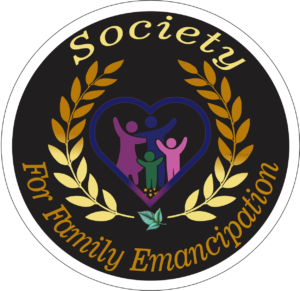About
Healthy Living Emergency Aids
What is Healthy Living Emergency Aids?

A healthy community benefits every person in it. And Healthy Living Emergency Aids is one means of achieving a healthy community.
Health education for healthy living emergency aids refers to providing education and knowledge to individuals and communities on emergency preparedness and response, with a focus on promoting healthy living and preventing health emergencies. It aims to equip people with the necessary skills and information to minimize the risk of emergencies, respond effectively in emergency situations, and maintain healthy lifestyles.
Collaborations Across Healthy Living Emergency Aids
Collaboration across health education for healthy living emergency aids involves cooperation and coordination among different stakeholders, such as healthcare professionals, educators, community organizations, and government agencies. This collaboration aims to develop and implement comprehensive health education programs and initiatives to promote emergency preparedness and healthy living practices.
Factors in Healthy Living Emergency Aids
1. Awareness and Knowledge: Providing accurate and up-to-date information about emergency preparedness, response strategies, and healthy living practices. This includes educating individuals on recognizing emergencies, performing basic first aid, knowing when and how to seek help, and promoting healthy behaviors like proper nutrition, exercise, and stress management.
2. Skills Development: Equipping individuals with practical skills to respond to emergencies and maintain healthy lifestyles. This can include training in cardiopulmonary resuscitation (CPR), basic first aid, safe food handling, personal hygiene, and physical activity.
3. Community Engagement: Involving the community in health education initiatives and encouraging active participation. This can be done through community workshops, outreach programs, and collaboration with local organizations and leaders to ensure that education is culturally appropriate, accessible, and relevant to the community’s specific needs.
4. Resources and Infrastructure: Availability of necessary resources and infrastructure to support health education programs. This includes access to educational materials, training facilities, emergency equipment, and technology (such as mobile apps or online platforms) that enhance learning and communication.
5. Collaboration with Healthcare Providers: Collaborating with healthcare professionals to ensure accurate and evidence-based health education. This can involve partnerships with doctors, nurses, and other healthcare providers who can contribute specialized knowledge and expertise in emergency medicine and healthy living.
6. Cultural and Social Factors: Considering cultural beliefs, values, and social norms when designing health education programs. Understanding and respecting diverse cultural practices and perspectives can improve the effectiveness of education initiatives and promote behavior change within different communities.
7. Evaluation and Monitoring: Regularly assessing the impact and effectiveness of health education programs to determine if they are achieving their intended goals. This involves collecting feedback, tracking indicators of behavior change, and making necessary adjustments to ensure continuous improvement.

